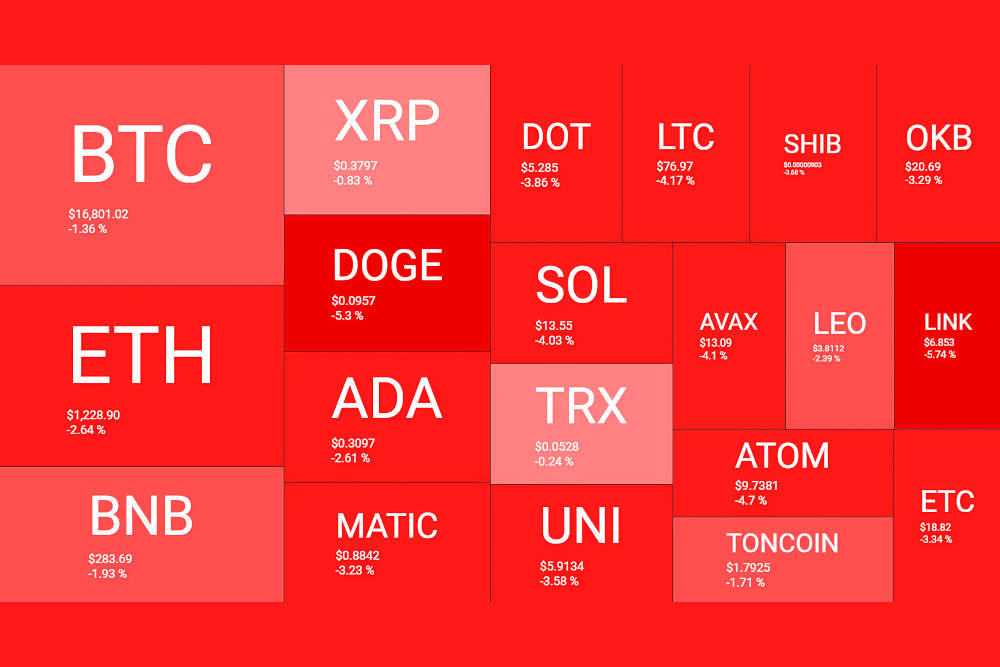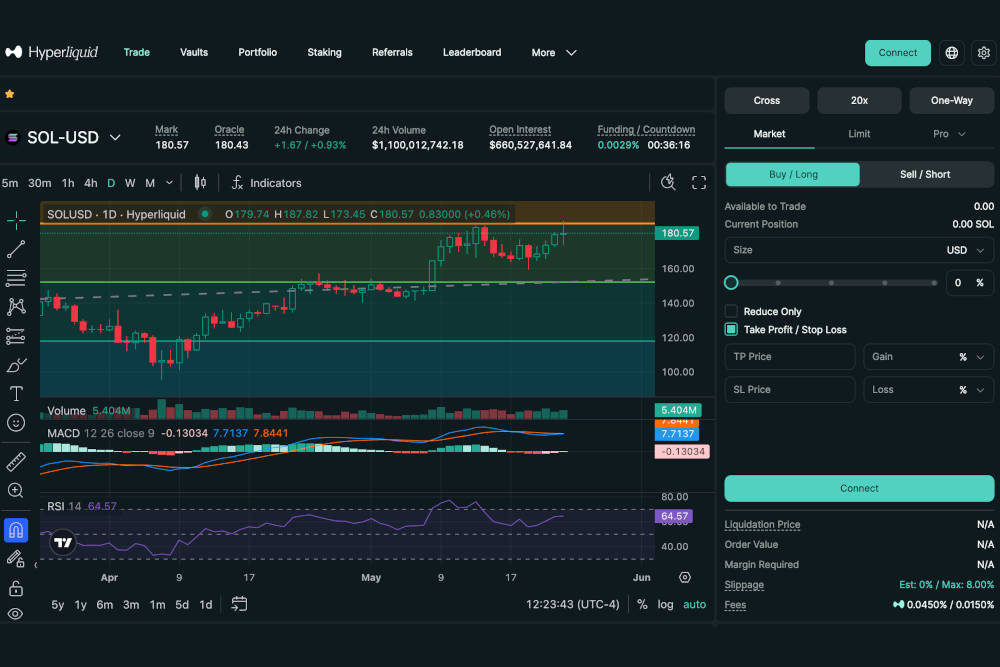
Bollinger Bands can be good for beginners, but like any tool, it works best when combined with other indicators and proper risk management. Let me break it down:
Panaprium is independent and reader supported. If you buy something through our link, we may earn a commission. If you can, please support us on a monthly basis. It takes less than a minute to set up, and you will be making a big impact every single month. Thank you!
What Bollinger Bands Are
-
Two standard deviations above and below a moving average (usually 20-period SMA).
-
Shows volatility and potential overbought/oversold areas.
-
Price tends to “bounce” between bands in ranges and break out during strong trends.
Why They’re Beginner-Friendly
-
Easy to Read:
-
Price touching the lower band → potentially oversold → buy signal.
-
Price touching the upper band → potentially overbought → sell signal.
-
-
Shows Volatility:
-
Narrow bands → low volatility → possible breakout ahead.
-
Wide bands → high volatility → trend continuation or exhaustion.
-
-
Can Be Combined with Other Tools:
-
RSI → confirms overbought/oversold.
-
Trendlines or moving averages → confirms direction.
-
Tips for Beginners
-
Don’t trade solely off the bands:
-
A band touch is not always a reversal — price can “ride the band” during strong trends.
-
-
Use with Trend Context:
-
In an uptrend, focus more on buying near the lower band than selling at the upper band.
-
-
Combine With Stop-Loss:
-
Always protect trades — bands alone don’t prevent losses.
-
-
Look for Squeezes:
-
Band squeeze → price consolidation → potential big breakout → good for swing trades.
-
Bottom Line
-
Bollinger Bands are visual, intuitive, and beginner-friendly.
-
Best for swing trading and spotting volatility.
-
Works best when combined with trend analysis, RSI, support/resistance, or candlestick patterns.
Let’s make a beginner-friendly Bollinger Band swing trade setup on a 1-hour chart. I’ll outline it step by step so you can visualize it clearly.
📊 Bollinger Band Swing Trade Setup (1-Hour Chart)
1. Setup the Chart
-
Indicator: Bollinger Bands (20-period SMA, 2 standard deviations)
-
Optional: RSI (14) to confirm overbought/oversold
2. Identify the Trend
-
Check daily chart → Is it uptrend, downtrend, or sideways?
-
Only trade with the trend for higher probability:
-
Uptrend → focus on long trades
-
Downtrend → focus on short trades
-
3. Look for Entry Signals
-
In an uptrend, price pulls back to the lower Bollinger Band.
-
Confirm with RSI: oversold (below 30) signals stronger potential bounce.
-
Candlestick confirmation: bullish engulfing, hammer, or pin bar at the lower band.
-
Entry: Just above the confirmation candle’s high.
4. Stop-Loss Placement
-
Below the recent swing low (just under the lower band and candle wick).
-
Adjust for crypto volatility if needed (use slightly wider stop).
5. Take-Profit Target
-
First target: middle Bollinger Band (the 20 SMA)
-
Second target: upper Bollinger Band
-
Optional: trail stop as price moves to let winners run
6. Risk Management
-
Risk 1–2% of total portfolio per trade
-
Avoid overleveraging in crypto — Bollinger Band bounces can fail in high volatility
7. Optional Enhancements
-
Confirm trend with moving averages (50/200 EMA)
-
Use volume spikes to validate bounce
-
Avoid trading during major news events
✅ Step-by-Step Visual (Text Version)
Daily Chart → Trend Up
1-Hour Chart:
• Price dips to Lower Bollinger Band
• RSI shows oversold (<30)
• Bullish candlestick forms
→ Enter just above candle high
• Stop-loss below recent swing low
• Take-profit targets: Middle BB, Upper BB
This setup is beginner-friendly, simple, and works on crypto, stocks, or forex. It teaches you how to trade with the trend, use Bollinger Bands, confirm signals, and manage risk.
Was this article helpful to you? Please tell us what you liked or didn't like in the comments below.
Disclaimer: The above content is for informational and educational purposes only and does not constitute financial or investment advice. Always do your own research and consider consulting with a licensed financial advisor or accountant before making any financial decisions. Panaprium does not guarantee, vouch for or necessarily endorse any of the above content, nor is responsible for it in any manner whatsoever. Any opinions expressed here are based on personal experiences and should not be viewed as an endorsement or guarantee of specific outcomes. Investing and financial decisions carry risks, and you should be aware of these before proceeding.
About the Author: Alex Assoune
What We're Up Against
Multinational corporations overproducing cheap products in the poorest countries.
Huge factories with sweatshop-like conditions underpaying workers.
Media conglomerates promoting unethical, unsustainable products.
Bad actors encouraging overconsumption through oblivious behavior.
- - - -
Thankfully, we've got our supporters, including you.
Panaprium is funded by readers like you who want to join us in our mission to make the world entirely sustainable.
If you can, please support us on a monthly basis. It takes less than a minute to set up, and you will be making a big impact every single month. Thank you.



































0 comments